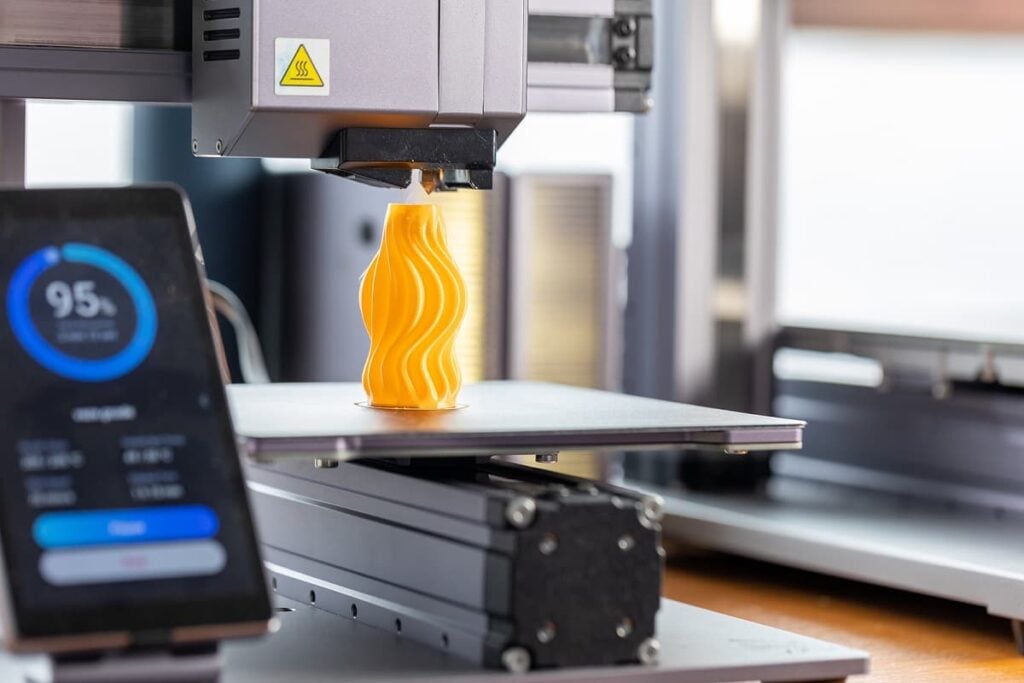All About 3D Printing Company Tinkerine
Table of contents
Table of contents

3D printing stocks have been on a bit of a slump lately. The Materialise (NASDAQ:MTLS) IPO this week is trading at almost the exact same price the shares were issued at, showing that investors are becoming somewhat immune to the hype surrounding this space. As of this month, one other 3D printing company that U.S. investors can now trade is Tinkerine.
About Tinkerine
Founded in May of 2012, Tinkerine (CVE:TTD) sells consumer 3D printers along with software and consumables. The Company completed a reverse takeover transaction with White Bear Resources earlier this year and began trading on the Canadian Venture Exchange. They also began trading in the US market this month (OTCMKTS:TKSTF). In April of 2014, Tinkerine completed a share transaction at around 23 cents per share for proceeds of around $2.8 million. Of this amount, they currently have $2.5 million in cash on hand to fund their business plan over the next two years. The Company has a present market cap of $16.8 million with shares currently trading at 40 cents. Revenues for the first 3 months of 2014 amounted to $86 thousand, nearly triple the amount in the same period the year prior. No one customer accounted for more than 10% of revenues and over half of sales were to customers in the United States.
Printers
Tinkerine sells three models of consumer 3D printer; the Ditto Pro (from $1899), the Ditto (from $1249) and the Litto (from $999). The below comparison shows how their flagship 3D printer, the Ditto Pro, stacks up against the competition:
In addition to selling 3D printers to consumers, the Company’s main focus is to be the first mover in providing 3D printers, software, and consumables to the +10,000 plus schools in Canada. Tinkerine lists at least 15 schools they currently have printers installed in.
Competitive Advantages???
When looking at the potential of Tinkerine, what stands out is that there seem to be no barriers to entry for other companies to do exactly what Tinkerine is doing. The Company notes in their investor presentation that there are “40+ me-too players in the market selling DIY open-source kits” and then goes on to say that most of these players don’t have high-performance machines at affordable price points, have poor customer service, and lack in usability. With just 10 employees on staff, it’s difficult to see just what superior customer service Tinkerine can offer with so few people. In regards to usability, the 75-page assembly document for both the Litto and Ditto is intimidating, to say the least. You can, however, order any one of these printers assembled for an additional cost.
Conclusion
Tinkerine’s growth plans involve making acquisitions, establishing partnerships, and strengthening IP. Acquisitions require capital and so does R&D. The $2.5 million in cash they have on hand is expected to fund their business plan for the next 2 years. That amount is relatively small for a company that needs to grow quickly to steal market share from established industry leaders such as 3D Systems. While the focus on the Canadian education sector is compelling, a competitor such as 3D Systems could easily target this niche with vast more marketing and support resources not to mention capital. Investors in Tinkerine (CVE:TTD) will want to see strong revenue growth over the next 2 years which will show that the company is making traction in establishing themselves as a player in the 3D printing space. Any information on the success they are having in building their install base in the Canadian school system will be of interest as well.
Sign up to our newsletter to get more of our great research delivered straight to your inbox!
Nanalyze Weekly includes useful insights written by our team of underpaid MBAs, research on new disruptive technology stocks flying under the radar, and summaries of our recent research. Always 100% free.















I appreciate your perspective on Tinkerine.
Just to clarify a bit- the new DittoPro (launched last month) does not have a big instruction manual on assembly… it’s a true plug and play machine. I’ve seen it, have met with management, and believe the educational curriculum they’re launching to meet STEM/STEAM education needs (a competitive advantage in my opinion) are a plus for them to be able to compete with MakerBot. They’ve already booked sales to school districts in NY State and in several Canadian districts. Nothing earth-shattering yet though.
At current market cap, it’s discounted as a company with little promise/ability to compete. However, I believe they will make respectable go of it and have been a buyer.
Just my 2 cents- thanks
Thank you for the feedback Gary! The DittoPro being offered fully assembled is much more likely to draw mainstream consumers. As mentioned in the article, we’d like to see strong revenue growth which would help demonstrate they are gaining traction in their push towards the 3D printing education niche. They do seem to have first mover advantage in this respect.